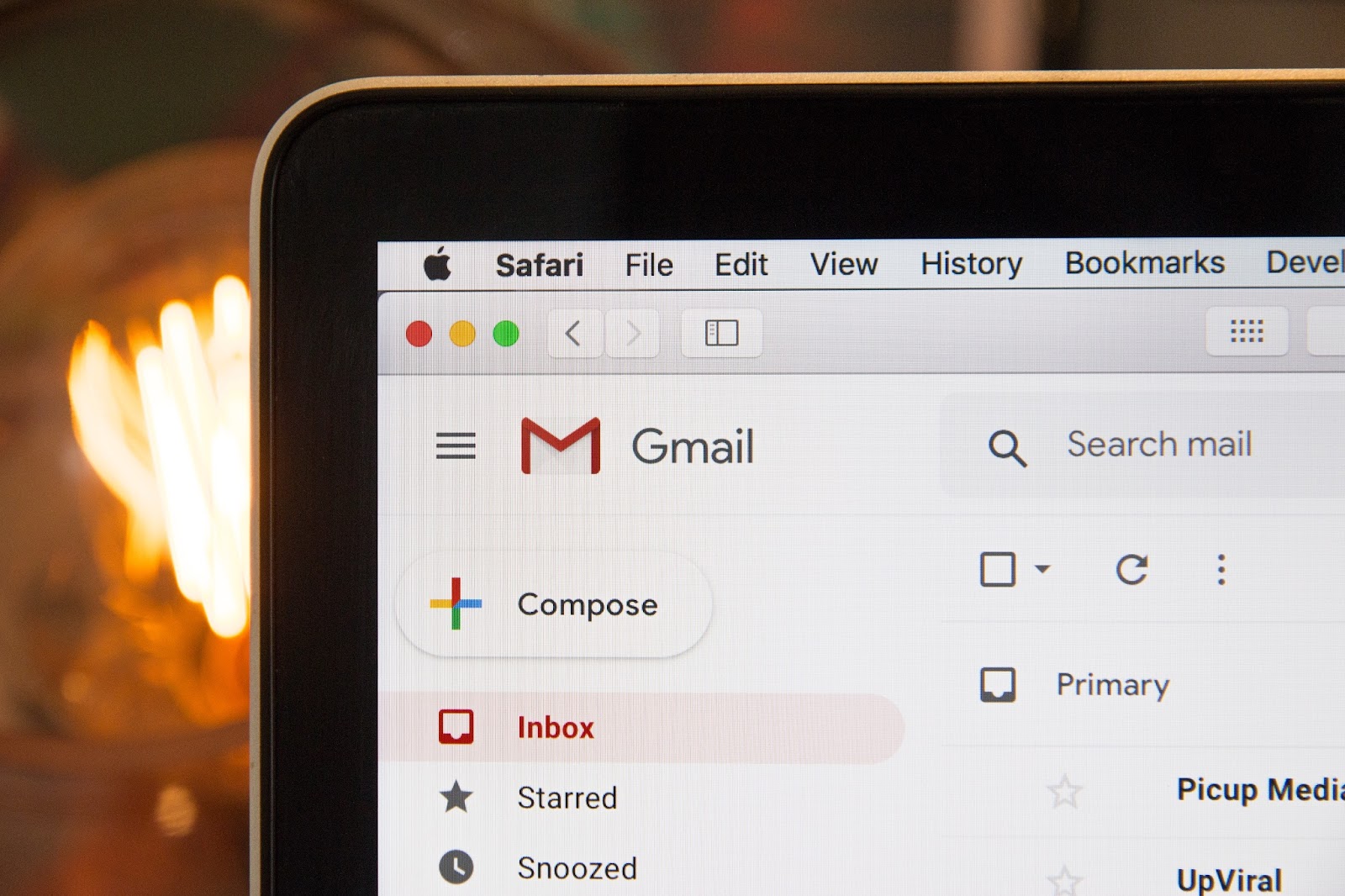-
Digital Marketing
We help you to use your digital potential. For a strong positioning, more visibility and more leads.
Get Growth ready
With the BEE.Transformance model, we bring continuous and profitable growth to your company. A new mindset for your team.
Industries
We transform your challenges into opportunities through the experience we have gained from projects in these industries.
-
HubSpot Services
As a HubSpot Diamond Partner, we help you implement your digital growth strategy with a focus on performance - by implementing and integrating new and existing systems as well as 3rd party apps.
HubSpot Thought Leader
As a HubSpot Diamond Partner with +50 certifications, host of the HubSpot User Group Zurich, HubSpot Trainer and HuSpot User Champions, you have access to in-depth HubSpot expertise.
HubSpot Solutions
The BEE.Theme offers you more creative freedom than any other theme on the market. Whether you're a beginner or a professional, a creative mind or a digital agency - with the BEE theme, you can easily unleash the maximum power for your pages in HubSpot CMS.
-
BEE.Blog
Knowledge around digital marketing, digital sales, technology, data intelligence and employees.
Knowledge Base
Pure knowledge: everything essential concentrated, compact, digitally prepared for you and ready to download.
What is inbound?
The most effective way to successfully combine digital marketing and digital sales.
-
BEE.Team
The BEE.Performers: many different characters - with one thing in common: the fascination for a digital world.
References
More than 100 large and small companies have already started with BEE: to more visibility, more performance, more growth.
Invest
Participate in the growth of BEE and become part of the BEE Growth Story by purchasing Digital Share Tokens.
We're hiring
Become a BEE.Performer! Are you ready for your own transformation?
How to Automate Upselling and Cross-selling
Upselling and cross-selling could increase your business's revenue by 43%. That's probably enough information to get you thinking about how to implement these strategies right away. But let's take things one step further—let's automate upselling and cross-selling!
The sales environment is often fast-paced and all-consuming. Your team is focused on outbound and customer-facing interactions, and this often means that opportunities could get left on the table. With the right tools and implementation strategy, however, you can support your sales team to optimise each transaction and achieve maximum value for your business and for the customer.
In this article, we explore how you can automate upselling and cross-selling to get the maximum effect of these strategies.
Upselling and Cross-Selling: Quick Overview
Cross-selling and upselling can be beneficial for everyone involved. For the business, it means increased revenue, improved Customer Lifetime Value (CLV), and a competitive edge. For customers, the discovery of new products and services that address their specific pain points can lead to increased satisfaction and productivity. In addition, by guiding your customers with upselling suggestions, you can save them time and effort in the buying process.
What is upselling?
Upselling is the practice of persuading your customer that a higher-priced or upgraded version of your offering will be more beneficial to them. A good example is your HubSpot subscription. If your company is in growth mode, you're looking to implement complex automations and require a greater degree of customisation, the Enterprise-level subscription may be more suitable than the Pro. But before you upgrade, you need to be sold on the value this purchase would provide to your business. HubSpot's representatives would have to demonstrate how the features available in the upper-tier subscription are indeed what you need.
What is cross-selling?
Cross-selling involves offering complementary or related products or services to customers based on their current purchase. It's about suggesting items that can enhance the value or utility of the primary purchase. For example, if you've paid for the latest iPhone, you may be interested in a cover and screen protector that's going to shield your hefty investment from damage—because we all know how much it hurts when your device accidentally meets the concrete.
10 Steps to Automate your Upselling and Cross-Selling Processes
Now that we've defined what upselling and cross-selling are and have a good understanding of the benefits, it's time to dive into the practical steps you can take to automate the processes that bring these growth-oriented strategies to life.
Here are the essential steps to leverage upselling and cross-selling automation for your business:
Step 1: Customer Data Collection and Analysis
Everything begins with understanding your customers. Collect and analyse customer data such as purchase history, browsing behaviour, preferences, and pain points. Your CRM software and analytics tools should provide this information to help you streamline the process.
Step 2: Customer Segmentation
To tailor your upselling and cross-selling offers to specific customer groups, it's important to segment your customers based on their behaviours, preferences, and buying patterns. For example, if you have offers for first-time buyers, loyal customers, or potential customers who abandon their carts, it's important to align your offer with the scenario.
Step 3: Personalised Product Recommendations
With the advances in artificial intelligence (AI), it's now possible to turbocharge your recommendation engine and take personalisation to the next level. These algorithms will analyse customer data to suggest items and services that will align with their needs and interests.
Step 4: Automated Email Campaigns
If your customers are browsing specific products on your website, you'll want to ensure that activity triggers an automated email campaign that will nurture them towards a purchasing decision. These emails can introduce relevant offers and incentives in a personalised way to provide value and ensure engagement.
Step 5: Dynamic Website Content
Dynamic or Smart Content can help you showcase upselling and cross-selling suggestions as customers browse your site. You can display related products or upgrades based on their current selections in real time. This level of personalisation can significantly boost your conversion rates.
Step 6: Chatbots and Virtual Assistants
Chatbots and Virtual Assistants can really bring your website to life. These AI-powered tools can engage with your customers and answer key decision-stage questions at all hours of the day or night. By ensuring that you set up your chat flows to feel natural and helpful rather than pushy, you'll see a huge benefit from having this feature available on your website.
Step 7: A/B Testing and Optimisation
Like most things, you can't just set and forget your upselling and cross-selling automations. A/B testing will allow you to test different approaches to ensure that your strategy resonates with your audience. Collect feedback from customers and use analytics to check how effective your automation efforts are.
Step 8: Monitoring and Reporting
It's essential to measure key metrics such as conversion rates, revenue generated, and customer satisfaction to make data-driven improvements. We recommend using the reporting features in HubSpot to implement robust tracking and reporting mechanisms to keep an eye on how your automation strategies are performing.
Step 9: Training and Support
The people at the forefront of your upselling and cross-selling strategies (sales and customer support teams) should be well-versed in the automated process you're looking to implement. They should be ready to jump in and answer the questions your customers may have. The human touch remains essential because, ultimately, it's always exceptional customer service that seals the deal.
Step 10: Compliance and Privacy
Successful sales and marketing strategies always employ industry-standard best practices. This means that before you execute any type of automation, you should ensure that your strategies and tactics align with GDPR and that you have consent mechanisms in place to respect customers' preferences regarding data usage.
Keep your Upselling and Cross Selling Automations Customer-Centric
Effective upselling and cross-selling isn't about squeezing every available penny from your customer. Automation should always serve to improve the customer experience without feeling intrusive or pushy. The customer should see the value in what you're offering and understand how a cross-sell will complement their original purchase, and an upsell could address their pain points more comprehensively. It's important not to overwhelm the customer with too many options and induce analysis paralysis. But it's also equally important to give them a sense of control over the purchasing decisions they ultimately make.
By following the steps we've discussed here, you can create a well-rounded and effective automated upselling and cross-selling strategy that distinguishes the customer experience (CX) you provide from that of your competitors.
When done right, automation empowers your team to focus on building valuable customer relationships while technology takes care of optimising sales opportunities. Make upselling and cross-selling part of your digital growth strategy by learning more about BEE's Digital Growth Roadmap.
Related Posts

10 Outreach Tool Recommendations for Sales
Lanny Heiz | 24 Nov 2022
Whether you love it or hate it, outreach is an essential part of your sales cycle. Finding leads and making contact can be a little exhausting if you're doing it ...
reading time: 7min
Zum Blog

How to Optimise Your Subject Line to Generate More Conversions
Philipp Schirmer | 24 Aug 2023
Sometimes, a subject line is the only chance you get to make an impression. Over 347 billion emails are exchanged every day, competing for a spot in crowded inboxes. ...
reading time: 9min
Zum Blog

Assignment Selling: How to use your marketing content throughout the sales process
Lanny Heiz | 6 Jan 2022
Some businesses quickly see the value in content marketing and start producing content without hesitation; they hire in-house teams or outsource specialists and crack on ...
reading time: 9min
Zum Blog
